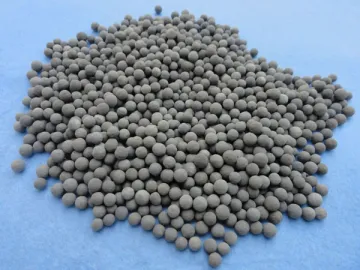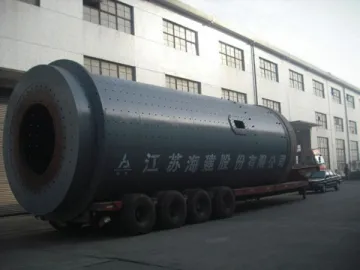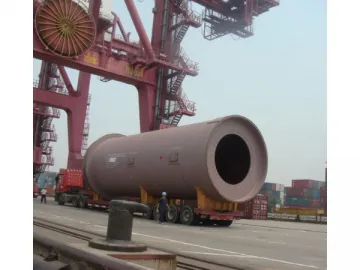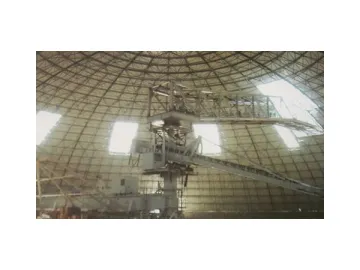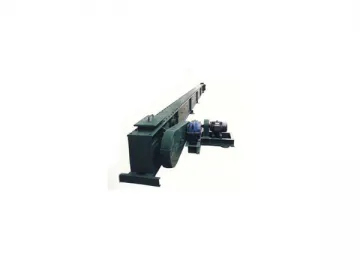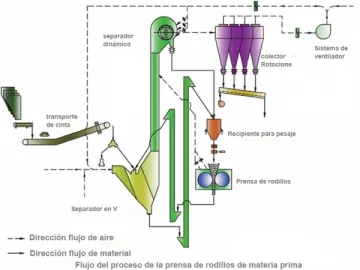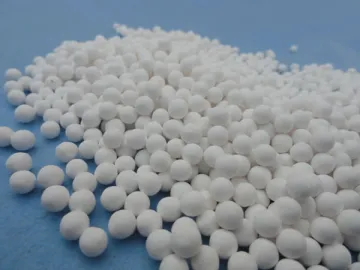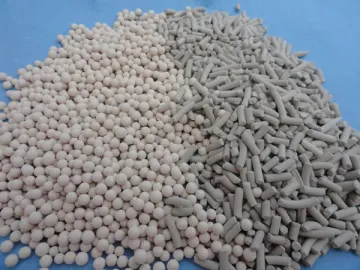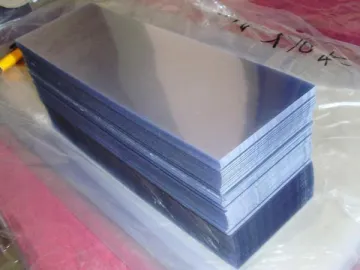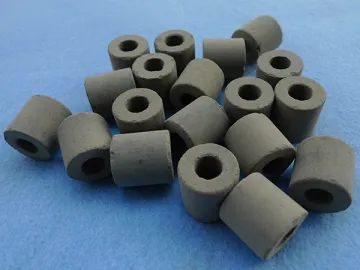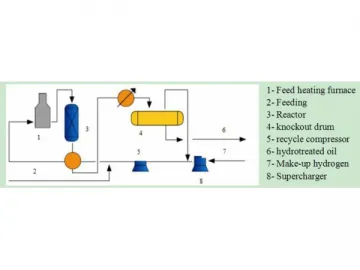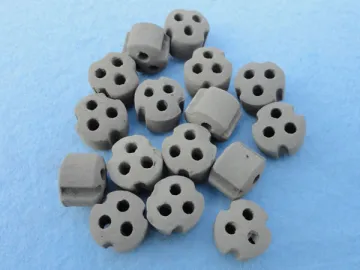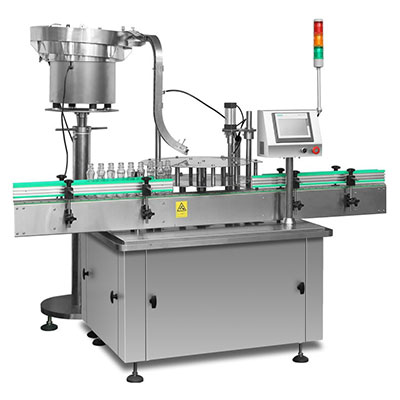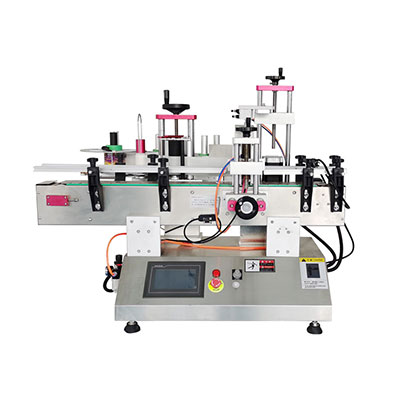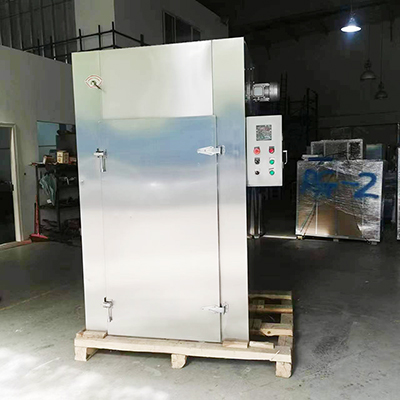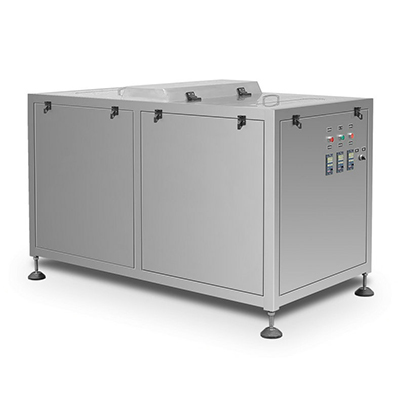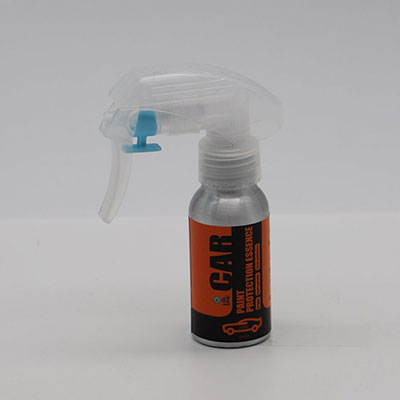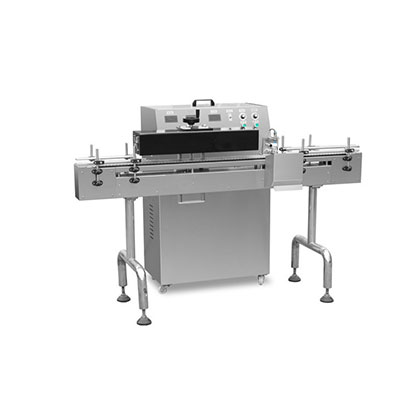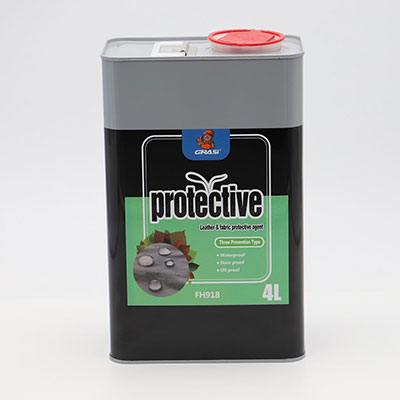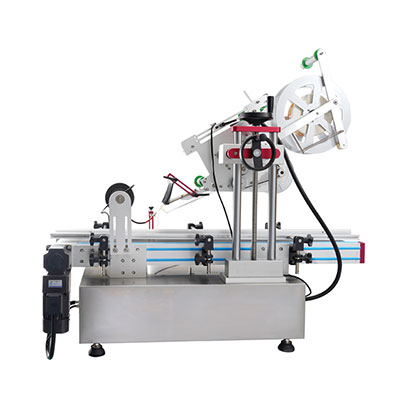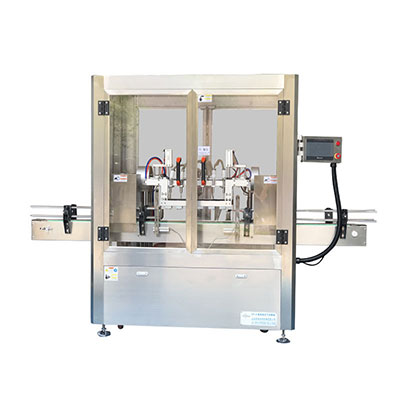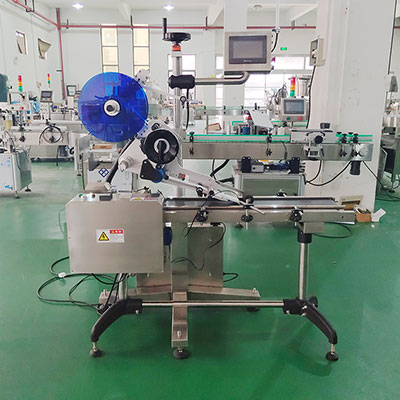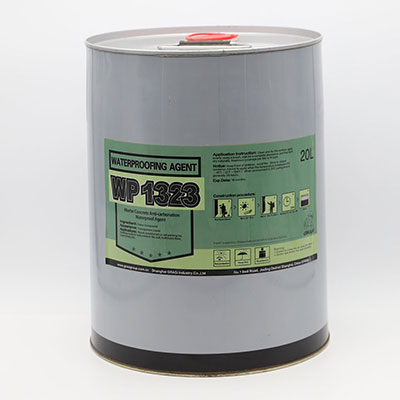Ammonia Decomposition Catalyst
The AD-946 series ammonia decomposition catalyst is a newly designed nickel-based catalyst for ammonia decomposition process, and it is co-developed by our company and Dalian Institute of Chemical Physics, Chinese Academy of Sciences. Our product meets the requirements of European standards, and it performs better than G-117 catalyst manufactured by Sud-Chemie, enabling itself to work instead of G-117 completely. In addition, this base metal catalyst has been adopted by U.S. Steel and JSW Steel, and it is highly praised by these customers.
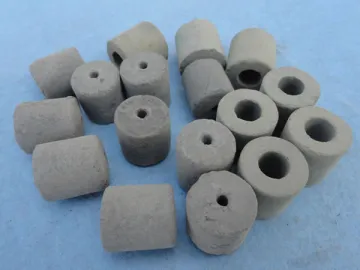
Function
This Ni catalyst is mainly utilized for coke oven gas purification and recovery devices, such as ammonia decomposition furnace and Claus furnace, and it could dissociate ammonia and other poisonous gases into N2, H2 and CO2, thereby avoiding environmental pollution.
Advantage
Our ammonia decomposition catalyst exhibits some outstanding properties when compared to iron catalyst, including better catalytic effect, lower failure rate, longer service life and more stable performance, and it possesses higher price-performance ratio than Ru, Pd and other precious metal based catalysts.
Reaction Equation
2NH3→N2 3H2
2HCN 4H2O→N2 5H2 2CO2
Technical Data
| Model | AD-946 | AD-946A | AD-946B |
| Color | Grey and black | ||
| Shape | Cylinder | Raschig Ring | Honeycomb |
| Size (mm) | Φ18×20 | Φ18×20×5 | Φ18×20 |
| Ni Content (%) | ≥6 | ≥6 | ≥6 |
| Bulk density (g/ml) | 1.4-1.6 | 1.3-1.5 | 1.2-1.5 |
| Specific surface area (m2/g) | 1-3 | 2-4 | 2-5 |
| Crush strength (N) | ≥1000 | ≥1000 | ≥1100 |
| Thermal resistance (℃) | ≥1350 | ≥1350 | ≥1350 |
Recommended Operating Condition
| Recommended operating temperature (℃) | 1000~1200 |
| Max. operating temperature (℃) | 1350 |
| Pressure (MPa) | 0.1-1 |
| Space velocity (h-1) | 1000~3000 |
| NH3 decomposing rate (%) | ≥94 |
Notice for Use
1. During production, ammonia decomposition catalyst is calcined at 1400℃ or even higher temperature. So, for actual application, the reaction temperature should not over this value, otherwise, our product will melt and get deformed. Moreover, it is highly recommended to control the reaction temperature within 1000-1100℃, because this chemical catalyst will get sintered if it works under the temperature of 1100℃ or higher for a long time, thus deteriorating its performance.
2. In a coke oven, ammonia gas is often mixed with H2S and a small amount of organic matter. Thus, it is also not suggested to use our product under normal working temperature. If so, carbon deposition or catalyst poisoning (sulfur poisoning) would take place, or some salts may be generated as well. As a result of any one of these unwanted phenomena, pore structure will be clogged, which is very harmful for catalytic ammonia decomposition.
3. In the temperature range of 300-500℃, our ammonia decomposition catalyst is very sensitive to water vapor. Under this condition, its catalytic effect will be reduced, and it may even get pulverized. So, if the reaction temperature is lower than 600℃, dry air must be applied.
Links:https://globefindpro.com/products/76959.html
